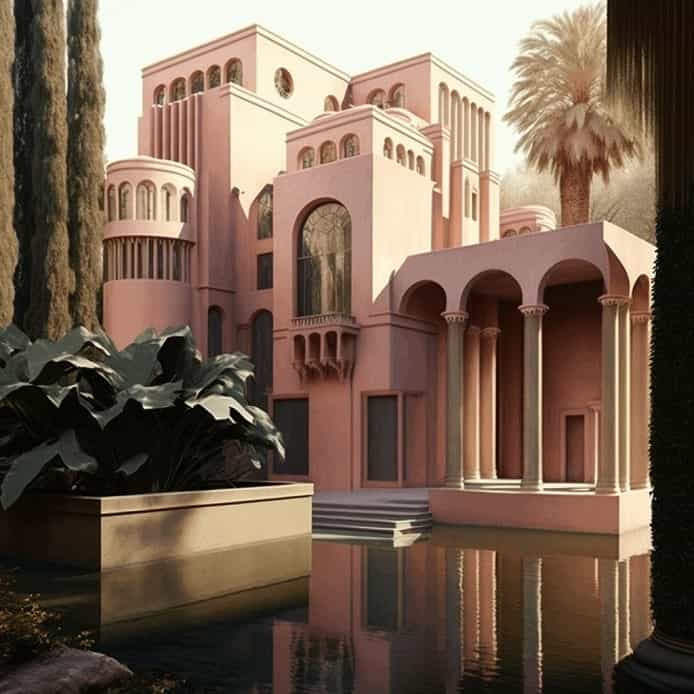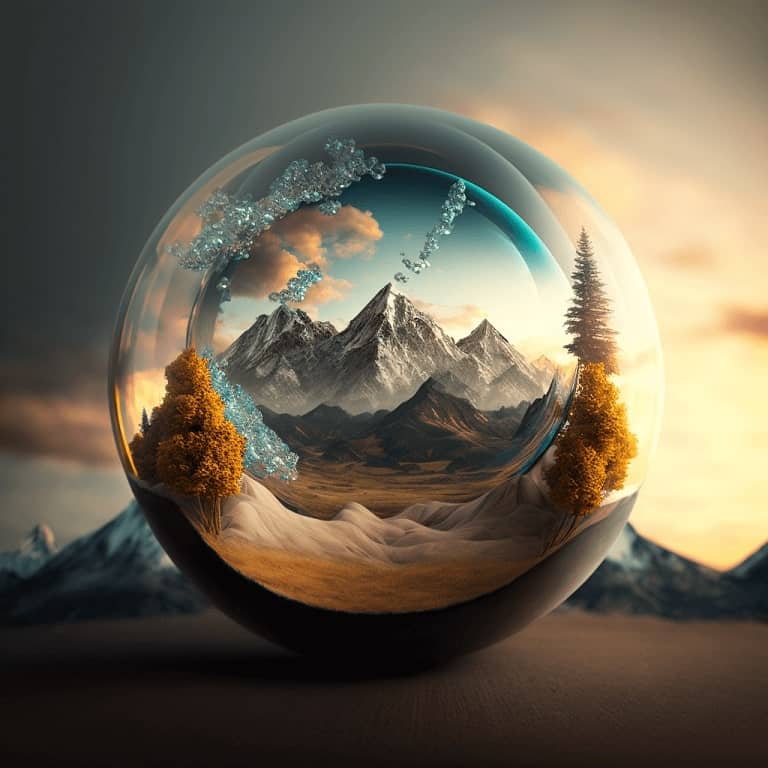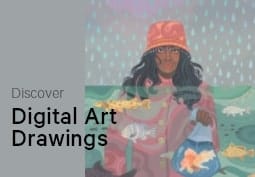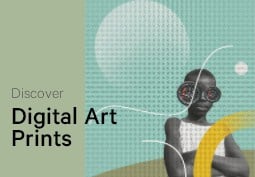Articles and Features
AI-Generated Art Controversy: The Future of Creativity or a Replacement for Human Talent?
By Adam Hencz
The recent explosion of Artificial Intelligence created a frenzied interest in its unparalleled capabilities. But the advent of image generators like DALL·E 2, Midjourney, and Lensa, has also sparked unease and controversy among creatives, from marketing professionals all the way to artists regarding the fate of human imagination and creativity.
Some embrace these new creative tools to create AI Art, but others are skeptical of the hype.
Creativity in the age of advanced AI tools
When advanced text-to-image tools can edit existing photographs seamlessly, generate images using particular styles, and even produce pieces in the style of almost any artist who has ever lived, it raises the question of whether human creativity may once become obsolete.
After AI companies introduced some of the most dominant tools of 2022, many bold predictions were made. Many critics proclaimed the demise of art, the elimination of creative jobs, and the erosion of human creativity. For the first time, these projections seemed less like abstract concepts and more like real possibilities.

Though it’s true that some AI can generate large amounts of text, images, or audio at an astonishing speed, it’s important to mention that much of the never-before-seen output comes down to the formulation of the prompt which AI algorithms use to create outcomes in the first place.
Prompts are the key human-level elements to interacting with AI tools and are the bases for instructing them AI for a desired creative behavior and outcome. At the same time, AI can compensate for many components it lacks to achieve the level of what seems to be art made by humans. It does it by processing enormous amounts of data.
Should we consider AI-generated images art?
Art critic Jerry Saltz recently pointed out that AI produces poor-quality art or, as he put it, “pretty crapola illustration.” He also believes that most AI art lacks real imagination and creativity. He would like to see AI generate a truly original concept and work for prompts like “the end of civilization” that is not created in a typical steampunk or NFT art style like it does today.
Debates have always surrounded the introduction of novel tools for creating art. Many artists recoiled at the development of the camera, which they perceived as a devaluation of human talent. Purists in the 20th century also condemned digital editing tools and computer-assisted design programs for relying too heavily on the work of untrained human collaborators.
In 2018, the painting entitled Portrait of Edmond Belamy became the first-ever piece created by artificial intelligence to be sold at a major auction. The sale at Christie’s generated over half a million dollars and became an essential breakthrough in the field at that time; however, the portrait was quite rudimentary compared to the capabilities of today’s image generators.
Fast forward five years, and AI art generators have made exponential strides in detail and subtlety. When artists first saw the photorealistic compositions made by the AI image generator DALL·E 2, their feeling was one of unease.
Both those who support and worry about the rampant appearance of AI generators make solid cases for their positions. Using an image created by Midjourney’s AI, artist Jason Allen took home the first award at the Colorado State Fair. “I’m not going to apologize for it,” he said. “I won, and I didn’t break any rules.”
At the same time, Californian Ph.D. candidate Louis Rosenberg has proposed a “humanity tax” on AI artworks made with tools trained on a database of creative artifacts. Many people believe that it is a practical first step in a society that will likely utilize more AI technologies in the future.
Style appropriation and copyright controversy
Some critics argue that the most remarkable feature of the current generation of AI tools is not simply the fact that they can create stunning works of art with little human input but rather how they accomplish this.
AI-images generators are built by scraping millions of photos from private databases or the open web. The tools are then trained to detect patterns and correlations in the images to create new ones in a similar style. The reason why AI systems like Midjourney can approximate such a high level of detail is that they have been trained on images, some of which are copyrighted works by real artists. As a result, artists who have shared their work online may have unknowingly trained their algorithmic rivals for the creative battle.
Responses to copyright infringement accusations
Many artists claim that AI apps are stealing their content and calling for stricter copyright laws to keep up with AI-generated art. After much backlash from photographers and artists, Midjourney CEO David Holz revealed that his firm did not have permission to utilize hundreds of millions of photographs to train its AI image generator. Holz has defined his image-generating subscription service as a “search engine” that aggregates images from the internet, a claim he uses to argue against copyright infringements.
Conversely, OpenAI has been cautious about DALL·E 2 so far, refusing to publish either the code or the data used to train the tool. Meanwhile, Stable Diffusion has decided to release its source code and disclose all the information about the database they trained its AI model on. With this move, the text-to-image tool revealed that thousands of artists’ works had been involuntarily included in its dataset.
The artist collective Spawning has come together to develop a tool to help artists concerned with copyright infringements. The tool, named ‘Have I Been Trained‘, now enables any artist to check and see whether any of their works were among the nearly six billion images that were used to train Stable Diffusion. Spawning also secures artists the choice to take part in or opt out of future versions of the AI generator tool.
In search for the creative element in AI-generated art
These clashes and disputes between creatives, corporations, artists, and developers only mark the beginning of a backlash against a new generation of impressive tools.
While AI-generated art has the potential to create new opportunities and forms of expression, it also raises questions about the role of imagination and the subjective elements that have essentially defined art. As the debate around AI art continues, the ultimate decision on whether machines can create aesthetics that are considered novel and original seems to still rest within the hands of us humans.
Relevant sources to learn more
Agents Of Change: Artificial Intelligence – AI Art and How Machines Have Expanded Human Creativity
Digitized Memories and Machine Hallucinations – Refik Anadol’s AI Data Paintings and Sculptures
What is Generative Art? From Seminal Experiences to New Frontiers






